12 types of influencers that are reshaping digital marketing
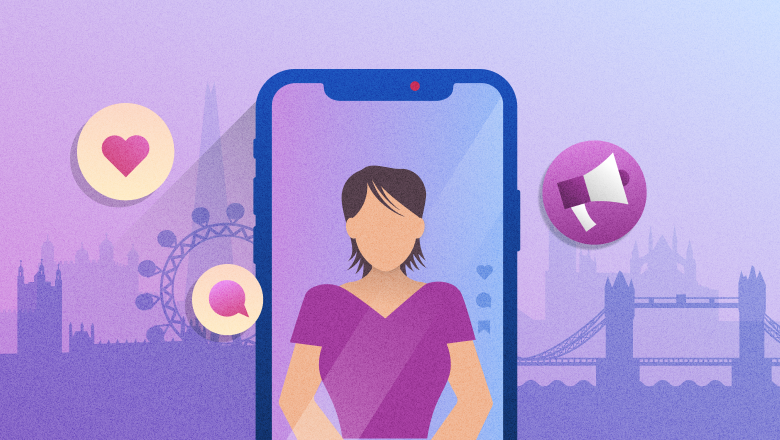
Table of Contents
The influencer marketing space is hot, and navigating it demands clarity. With a diverse array of follower tiers, content categories and emerging roles (like de-influencers), the key to social media marketing success is knowing who’s worth your time and brand dollars.
That’s precisely why you need a straightforward framework to help you find the right influencer for your campaigns. Below, gain the clarity you need to choose ideal creators for your brand so every collab delivers ROI.
What are influencers in digital marketing?
Influencers in digital marketing are trusted voices who’ve cultivated genuine connections with a specific audience, which enables them to inspire and motivate behaviors. They’re more than just content creators with large followings—their true value lies in the bonds they nurture with their audience.
When you invest in social media marketing, you don’t just buy visibility or reach. You also borrow trust. The right influencer will have credibility in the space where you’re trying to build your own.
The types of social media influencers by follower count
The influencer marketing space involves distinct influencer tiers, where influence directly correlates with levels of reach. As follower counts climb, there’s a strategic trade-off: You often exchange the relatability, trust and depth of connection that small content creators have for larger influencers’ extensive reach. However, the latter can still maintain authenticity when their brand partnerships align with their content, which ensures that their appeal delivers on broader reach and visibility.
It’s not about which influencer type is better to hire—each influencer tier serves a unique purpose. The first step is to establish what you want to achieve with your campaign. Are you interested in the high engagement that comes with a nano influencer or the wide reach of a mega influencer?
To guide your choice, carefully consider each influencer tier below:
Nano influencers (1K–10K followers)
Nano influencers have tight-knit, engaged audiences who follow, trust and interact with them because their account feels genuine. Their content is often a mix of daily life, hobbies and spontaneous posts. Their followers stop scrolling to engage with their content, leave comments and seriously consider recommendations.
These influencers are most effective when trust and relatability matter more than broad reach. They’re especially strategically beneficial if you’re trying to enter a new space and need to seed early brand awareness on a smaller marketing budget.
Collaborating with a nano influencer is typically more cost-effective since they’re earlier in their influencer journey, and they’re frequently open to working with brands for free products. However, some likely haven’t worked extensively with brands before and might require more hands-on support.
YourPlannerGirl is an Instagram nano influencer with just over 3,500 followers. Her bio includes discount codes and affiliate tags, which signal active brand partnerships.
Source: Instagram
Her audience—organizer fans—regularly engages with her content and comments on the planners and related items she features, which is a strong indicator of interest and potential purchase intent.
Micro-influencers (10K–100K followers)
By the time a content creator becomes a micro-influencer, they’ve usually narrowed in on a specific niche. In this process, they tend to retain their high engagement rates but have more polish and a broader reach than nano influencers. Micro-influencers are familiar with brand partnerships and can usually deliver on influencer marketing campaign goals with less hand-holding, as long as the partnership is structured. However, executing multiple micro-influencer campaigns still takes time.
While negotiation is always an option, micro-influencers often provide media kits and rate cards that set payment expectations and guidance on deadlines and revisions. Because they frequently create content for a specific niche, they’re usually more selective about their brand partnerships to ensure authentic alignment. I
t’s also worth noting, they’ll likely also want compensation beyond free products or services.
Micro-influencers are most effective when you want to target a defined group. Consider them for mid-tier launches, ambassador programs or influencer marketing campaigns that require high credibility.
Oren John, a LinkedIn influencer with over 16,000 followers, is a perfect example of a micro-influencer in action:
Source: LinkedIn
Because he focuses on working with brands that are relevant to creative directors, he partnered with Descript to introduce his audience to its new editing tool.
Macro-influencers (100K–1M followers)
Macro-influencers reach audiences at scale without fully crossing into celebrity territory. Their extensive reach positions them well to drive top-of-funnel awareness while still offering a degree of audience alignment and influence.
But as audiences grow, relatability naturally becomes weaker. This isn’t a flaw—it’s simply a consequence of scale. You can’t cultivate intimacy with hundreds of thousands of people. As a result, macro-influencer engagement rates begin to flatten when followers start to feel more like fans than friends of the creator.
These influencers are more established and highly selective of the brand partnerships they cultivate. They know their value, but they aren’t unapproachable.
Many are open to negotiation, especially for long-term or mission-aligned partnerships. Some may also work with managers or reps, especially on larger platforms like YouTube or TikTok.
Macro-influencers are ideal when you require scale and some degree of target audience alignment. Consider them for brand awareness campaigns or introductions to new audience segments. They’re usually experienced partners who can deliver at a high level and expect a more formal business relationship.
For example, Lillie Zuelzke is a macro-influencer with over 173,000 followers on TikTok:
Source: TikTok
Her niche is food and fitness, so she partners with brands like AUROLA when they release new activewear collections.
Mega influencers (over 1M followers)
Working with a mega influencer typically means collaborating with well-known Internet personalities—such as athletes, reality stars or content creators—who have reached the celebrity stratosphere. Their massive audience generates visibility instantly.
They’re an ideal choice when the priority is to spark buzz, generate press or attach your brand to a known name. A single post from a mega influencer can introduce your brand to millions and generate chatter that migrates to other social media networks and traditional media coverage.
But an eye-popping follower count won’t necessarily add up to deep influence, and extensive reach typically doesn’t translate to hyper-engagement. You’ll reach a lot of people, but fewer of them are likely to act. Beyond that, mega influencers usually aren’t a DM or phone call away. You’ll have to work with agencies, management firms or publicists to get their attention.
For example, Ali Abdaal is a mega influencer with 6.3 million subscribers on YouTube. He posts lifestyle and business-related videos on productivity topics, which often involve partnerships with brands like Shopify. As a mega influencer, he can leverage his broad reach to connect brands to millions of relevant followers and drive trials and sales with the affiliate links in his videos’ descriptions.
9 influencer types by niche
The biggest mistake marketers make when looking for the right influencers is thinking that they all do the same job. But a gaming creator, for instance, won’t move audiences the same way a wellness coach does.
Some influencers build trust through consistency, others through taste and still others by stirring up controversy. Thought leaders educate, de-influencers challenge and lifestyle creators inspire.
It’s essential to understand the type of influence you’re tapping into before you set up a campaign on an influencer marketing platform. To help with that, here are nine types of influencers and how you can make the best use of each:
1. Gaming influencers
Gaming influencers create content like in-depth walkthroughs, reviews and reaction videos that involve gameplay, and they often stream or post on networks like YouTube, Twitch and X (formerly Twitter). Brands typically collaborate with gaming influencers by providing early access to new releases, free games, equipment or sponsorship fees.
These partnerships work because the audience sees the product in action from someone they trust. For example, GameRiot, a macro-influencer with over 250K followers on X, posted a sponsored post promoting the early access launch of “Deliver at All Costs.”
Source: X/Twitter
He mentions in the caption that a video of him playing the game is live on his channel so his followers can experience the game in action.
2. Fashion and beauty influencers
Beauty and fashion influencers set trends and feature products in context—how they look, feel and wear in real life. Fashion brands collaborate with them through gifting, paid partnerships, affiliate links and live activations because they know that their audience follows them to decide what to buy next.
For instance, Abbey Kline—a micro-influencer on TikTok with 63,000 followers—discusses style and taste on her vlogs.
Source: TikTok
She partners with brands to create casual, relatable and authentic beauty product reviews that drive awareness and interest.
3. Food and culinary influencers
Food influencers build credibility through consistency. They primarily demonstrate how a product fits into an everyday cooking routine, along with other content types. Brands flock to influential foodies and collaborate with them by sponsoring recipes, sending products or funding endorsements.
Take, for example, Cassie Yeung, a mega-influencer on TikTok with over 4 million followers. She shares bold, personality-driven food content that blends humor, heritage, and high-impact visuals.
In one video, she features Hellmann’s mayonnaise in a playful, fast-paced cooking bit that turns a basic piece of toast into part of a spirited brand moment. The delivery is quick, expressive and visually distinct, which makes the brand feel native to her content rather than inserted.
Cassie’s audience shows up for her style as much as her recipes, which is exactly why food brands can thrive in partnerships like these.
4. Lifestyle and travel influencers
Lifestyle influencers show off products in real-life scenarios, from skincare routines in luxury hotel bathrooms to branded totes nestled on beaches. Brands work with them by gifting products, offering paid partnerships or sponsoring trips that authentically fit into their day-to-day content.
Alyssa McKay, a macro-influencer on Snapchat, shares travel highlights and must-have travel essentials with her 2M followers.
Source: Snapchat
The product placements in her video work because her audience isn’t just looking for destination recommendations—they also want to see how these products work while she’s traveling.
5. Fitness and wellness influencers
Fitness influencers are aspirational. They drive results by inspiring their audience to follow their fitness and health journeys. Brands often provide supplements, training gear or apparel that these influencers can feature in their workouts and daily routines.
Jonathan Heitritter, a nano influencer on Facebook, posts detailed workout summaries and progress updates for his 1,800 followers.
Source: Facebook
His post announcing his partnership with Gorilla Mind, a supplement brand, featured the brand’s pre-workout and energy drinks. The hashtag includes the term “ambassador” (#gorillamindambassador), which signals an ongoing business relationship.
6. Tech and gadget influencers
Tech and gadget influencers deliver value by demonstrating how products perform. Brands often partner with them by sponsoring computer builds, offering free products that they can use to produce tutorials or working with them to host gear giveaways.
DevonDoesTech is a nano influencer with 1,700 followers on YouTube. He talks about PC gaming and streaming and recently partnered with NVIDIA for a gaming PC giveaway.
Source: YouTube
When you work with tech influencers, you align your brand with trusted, credible voices in a specialized niche. Their audiences value their opinions and actively seek recommendations on what gear is worth buying.
7. Pop culture influencers
Pop culture influencers tell followers what’s hot (and what’s not). They cover everything from trending topics to celebrity news, Internet drama and cultural shifts. Their value isn’t just in reach but in relevance.
Brands typically work with them through sponsored commentary, product placements and event coverage. Brands that thrive on relevance will often collaborate with them using influencer takeovers on their social media networks.
For example, Brittany Broski—a macro-influencer with 2.1 million Instagram followers—partnered with Starbucks and ELF Cosmetics and even hosted Oscars preshow content on YouTube.
Source: Instagram
Pop culture influencers know how to effortlessly integrate brands into their content in a way that makes any conversation feel genuine. That kind of alignment helps brands gain attention in crowded timelines.
8. Family influencers
Family influencers build trust by sharing the realities of parenting. Because their content feels personal, their recommendations are especially persuasive for brands that want to target parents. Typical partnerships include sponsored product features, daily routine integrations, family trip coverage and long-term brand ambassadorships.
The Relaxed Mumma, for example, is a micro-influencer on TikTok with 11,000 followers who works with brands like the Bounty App, which enables users to track pregnancy progress.
Source: TikTok
Parenting influencers offer a grounded, relatable approach for brands that are looking to connect with parents. They demonstrate how products seamlessly fit into family life—and build trust with audiences that crave reliable information in the process.
9. Finance influencers
Finance influencers help audiences understand how to manage money, invest wisely and build long-term financial habits. Their content often includes personal insights, strategy breakdowns, product comparisons and tutorials, which makes them a trusted source for viewers who are looking to take control of their financial futures.
Brands like stock trading platforms, budgeting tools and credit monitoring services frequently partner with them through affiliate links, educational content and sponsored product integrations.
Finance creators are most effective when trust is the barrier to action. Their detailed breakdowns, tools and transparency help them demystify financial decisions—and that credibility turns into conversions for brands that are looking to build relationships over time.
For instance, Ryan Scribner, a macro-influencer on YouTube with over 850,000 subscribers, regularly features fintech sponsors like Webull in his videos.
Source: YouTube
In his Webull app review, Scribner walks viewers through the platform’s features while promoting a sign-up link for free stocks. Finance influencers like Scribner often disclose affiliate partnerships and remind viewers to do their own research as well.
Start building influencer partnerships
When building your influencer marketing strategy, avoid the easy trap of choosing a partner based only on their follower count or location.
Influence isn’t just about size—it’s about influencing. Some creators can expertly move people to purchase, while others know how to move people to care. The key is to determine your goals and match them with creators who can deliver high-quality content that aligns with your objectives.
Ready to find the right creator? Book a demo with Sprout Social today to discover data-backed tools that help you identify, manage and activate the right influencers for your brand.
Types of influencers FAQ
How many followers do you need to be an influencer?
While there isn’t a specific follower count number that qualifies you to be an influencer, nano influencers generally have 1K–10K followers, micro-influencers have 10K–100K followers, macro-influencers have over 100K followers and mega influencers have 1M or more followers.

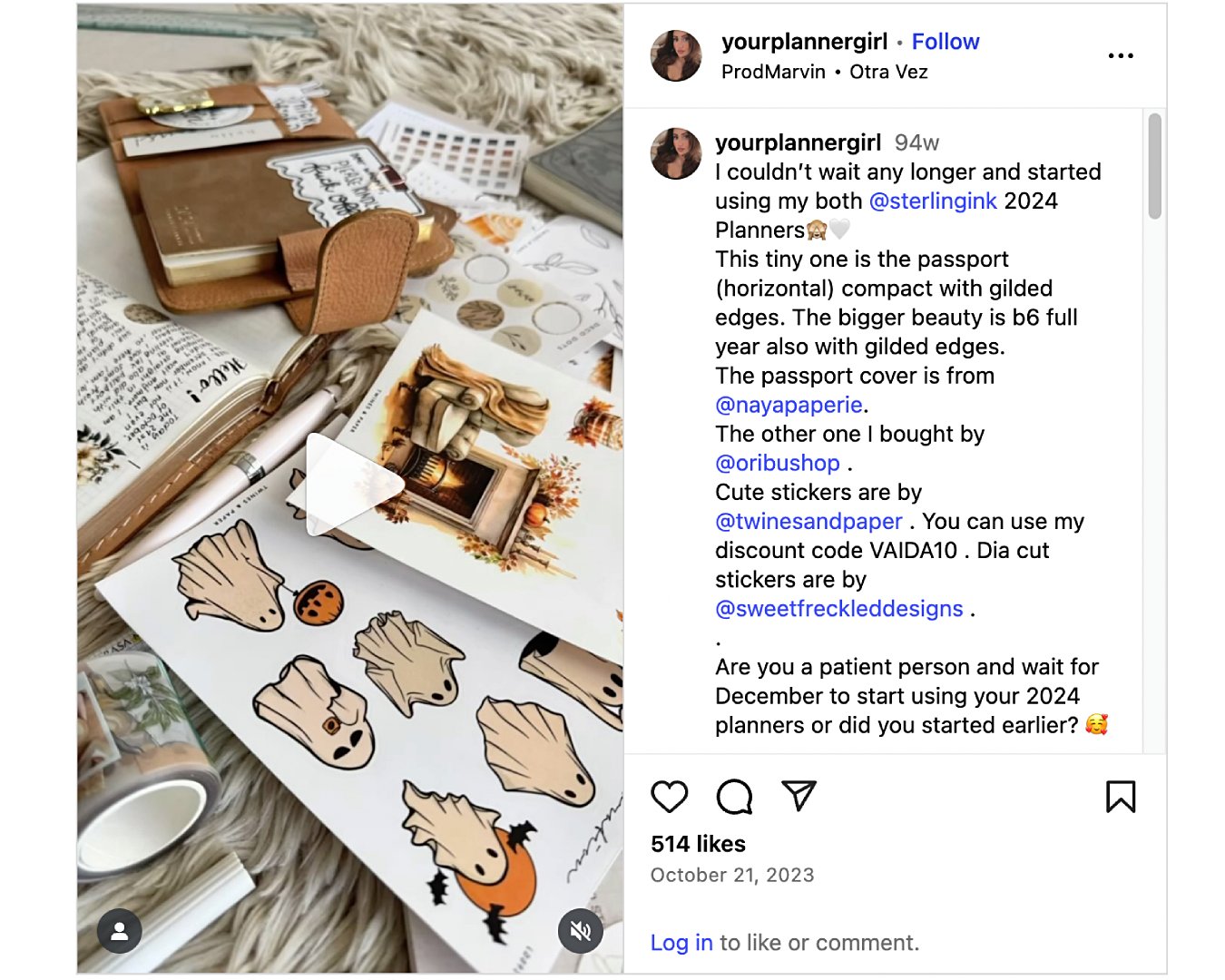
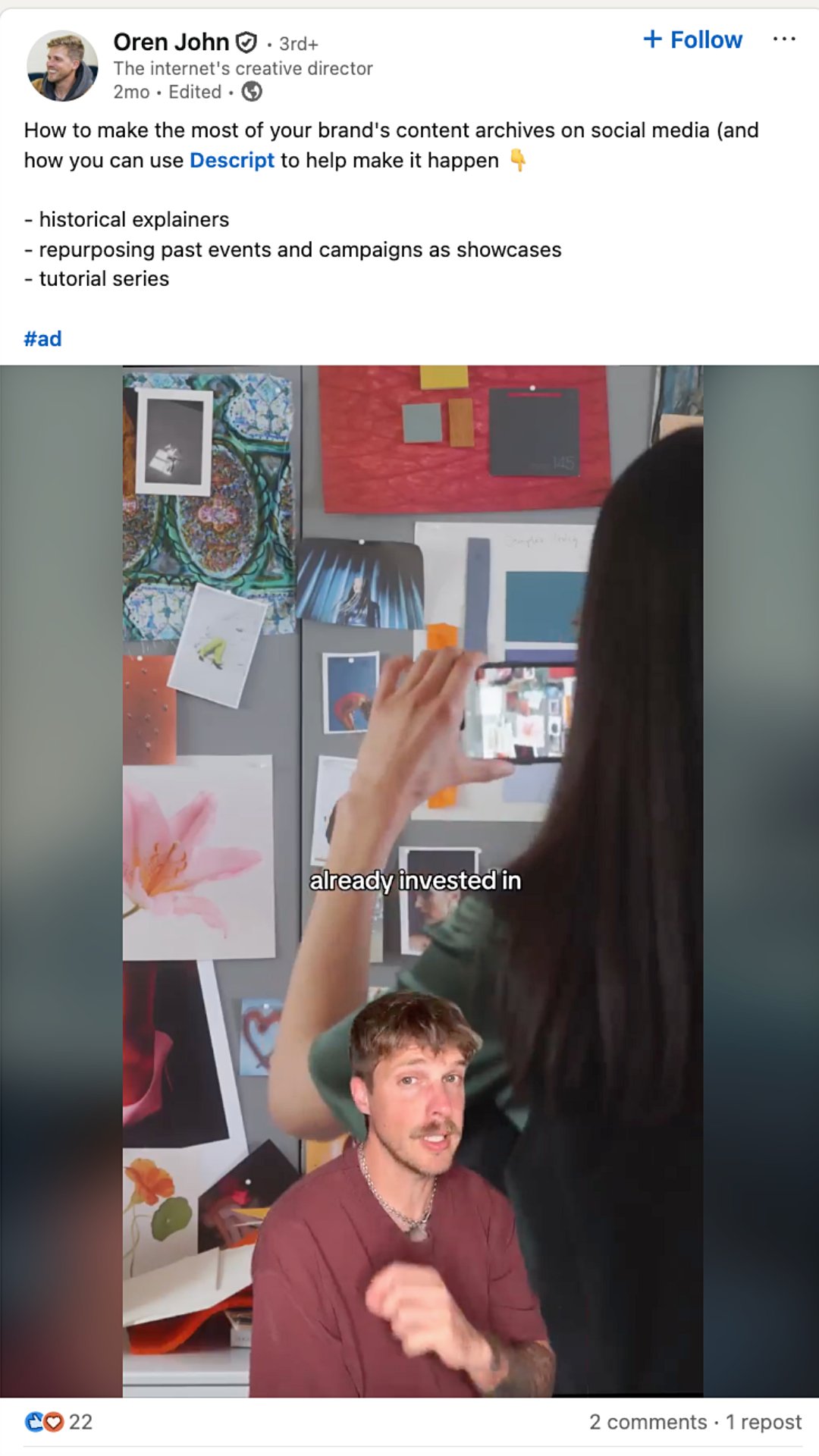
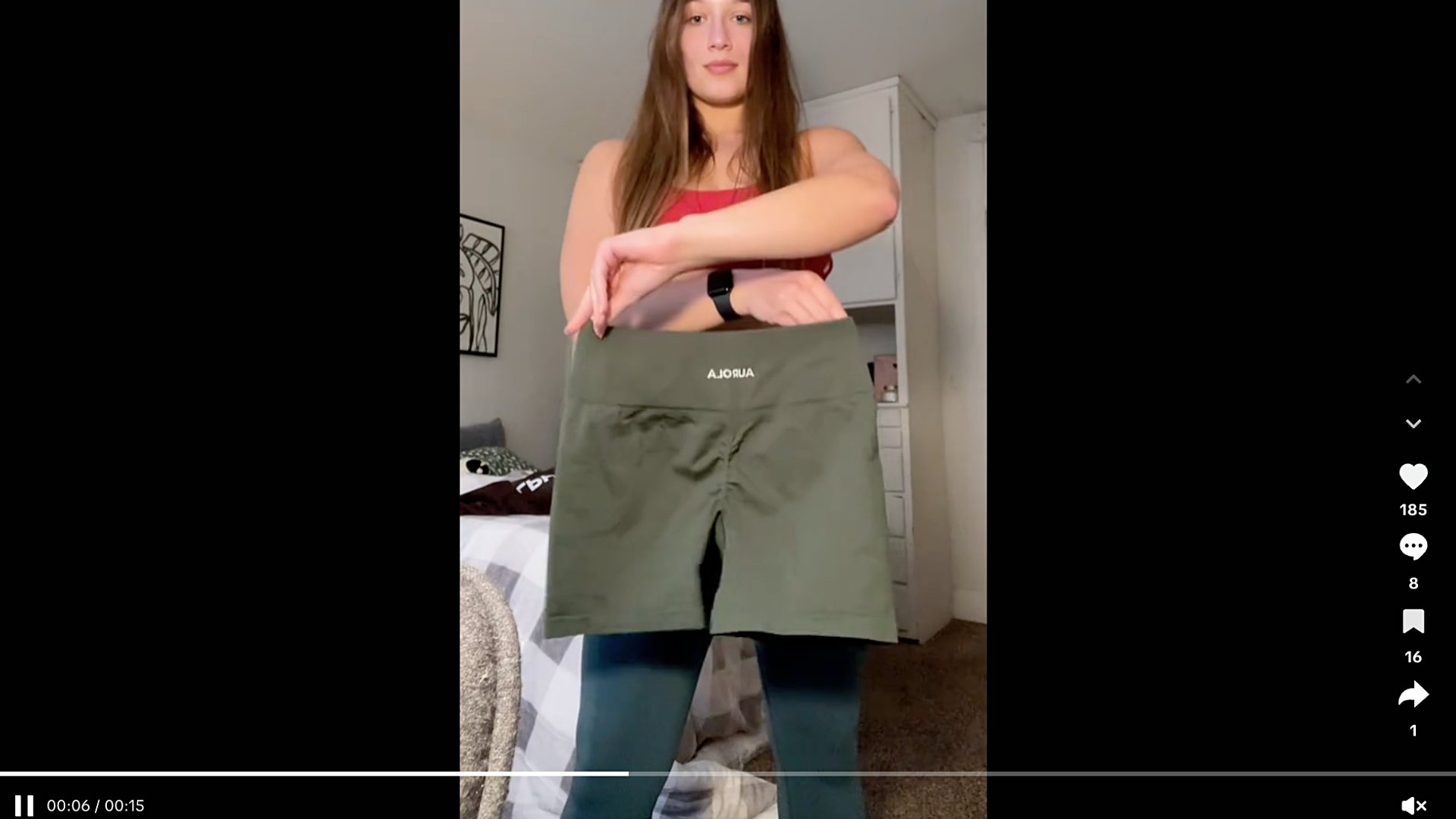
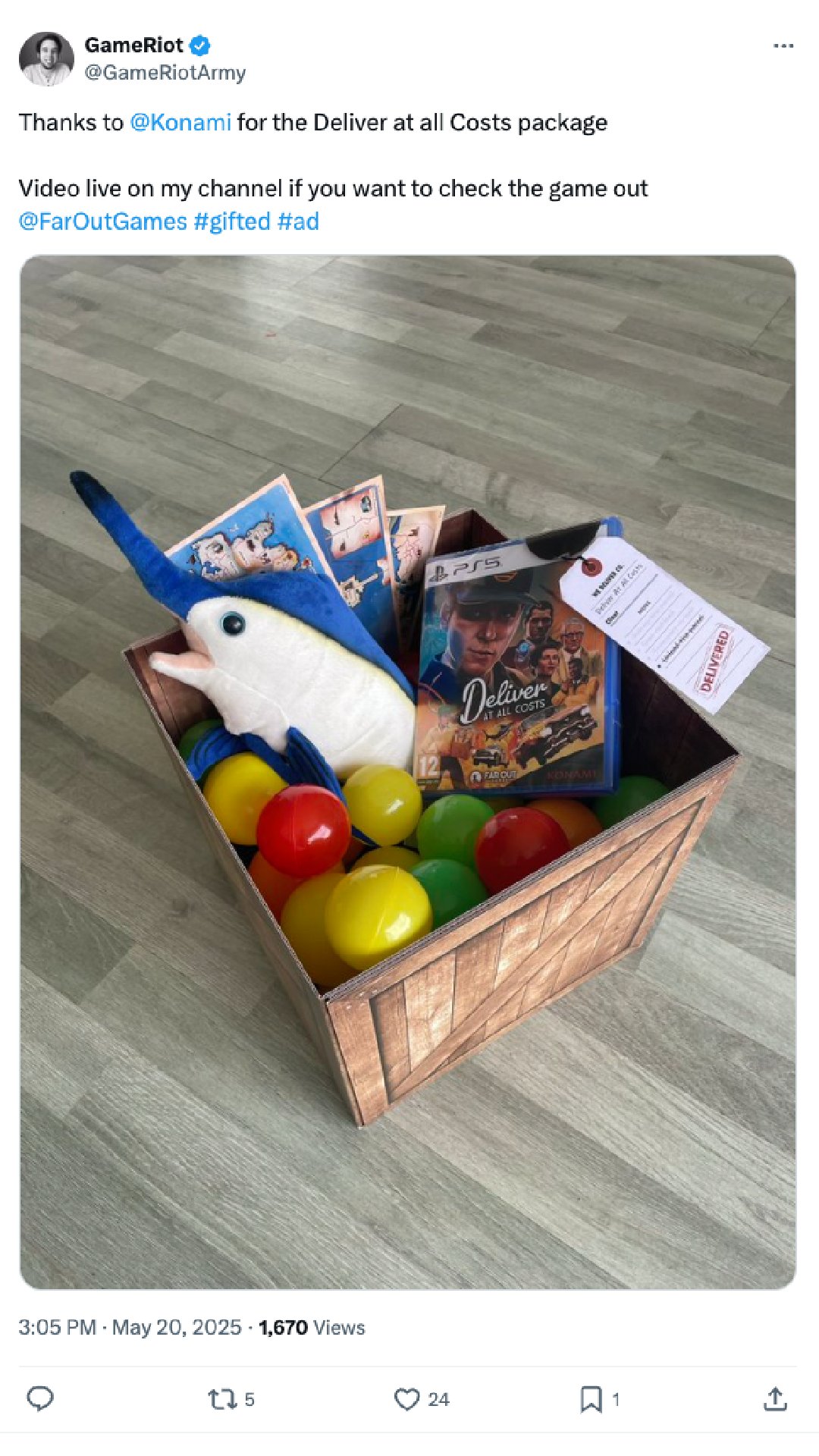
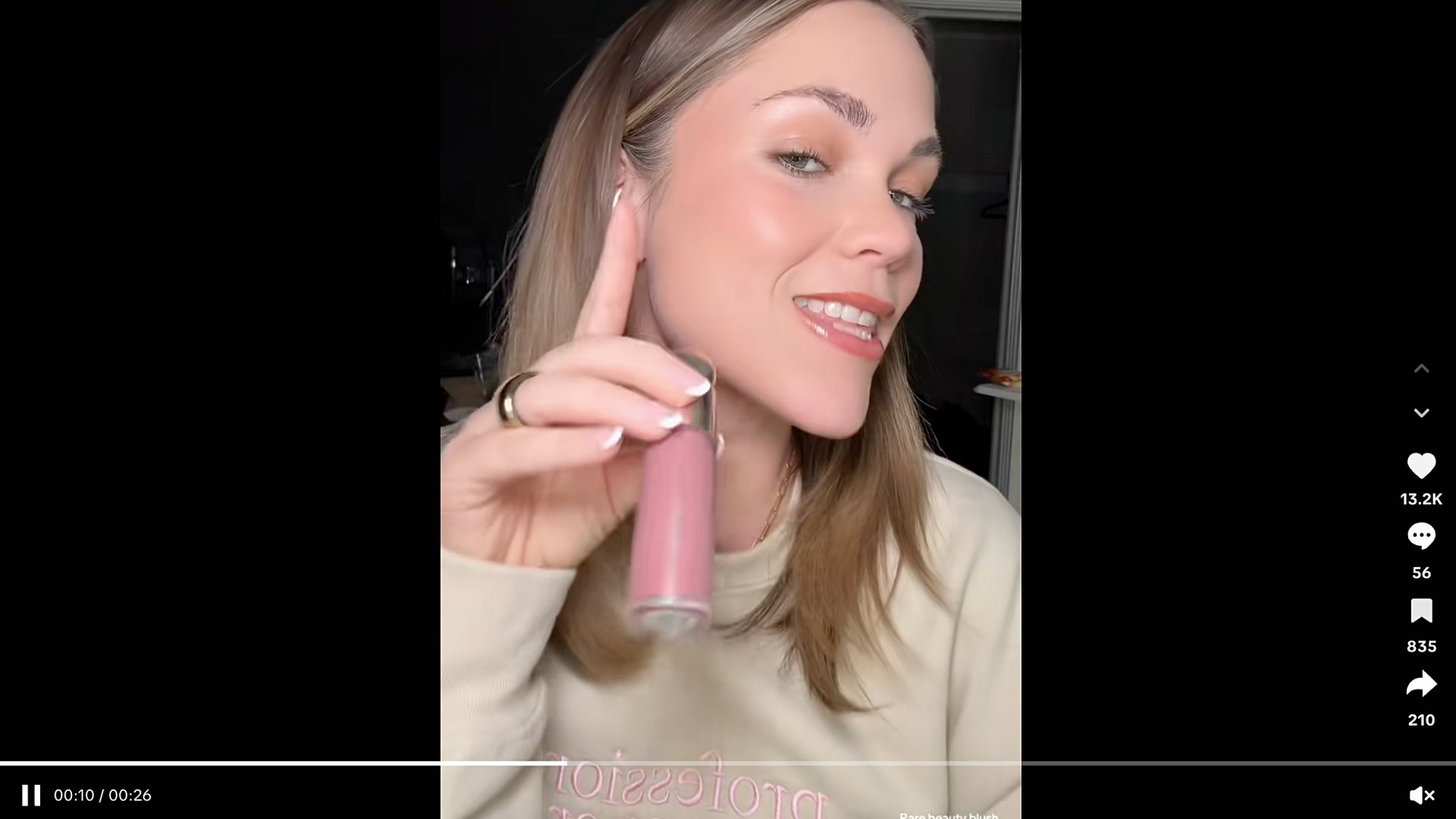
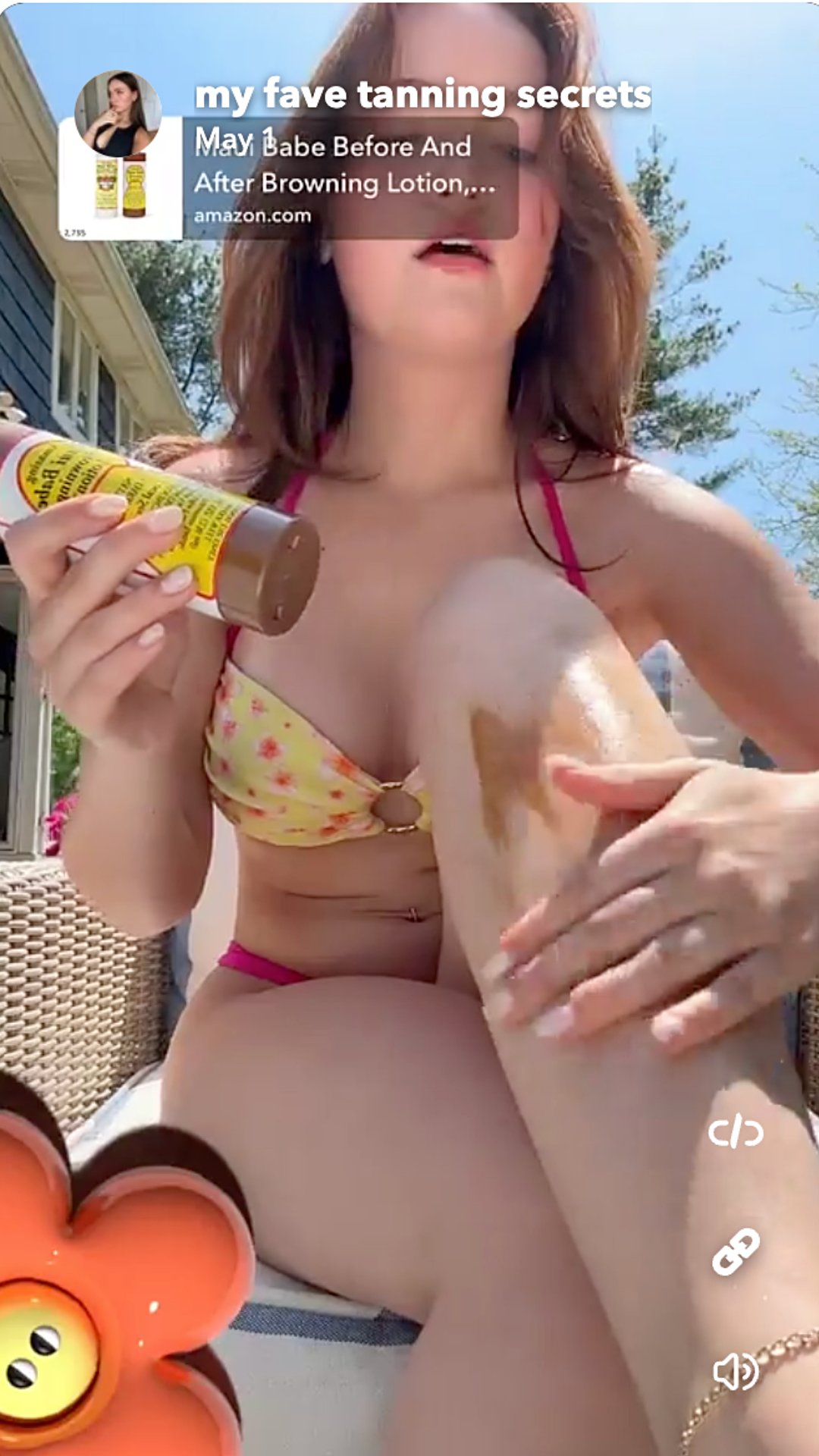
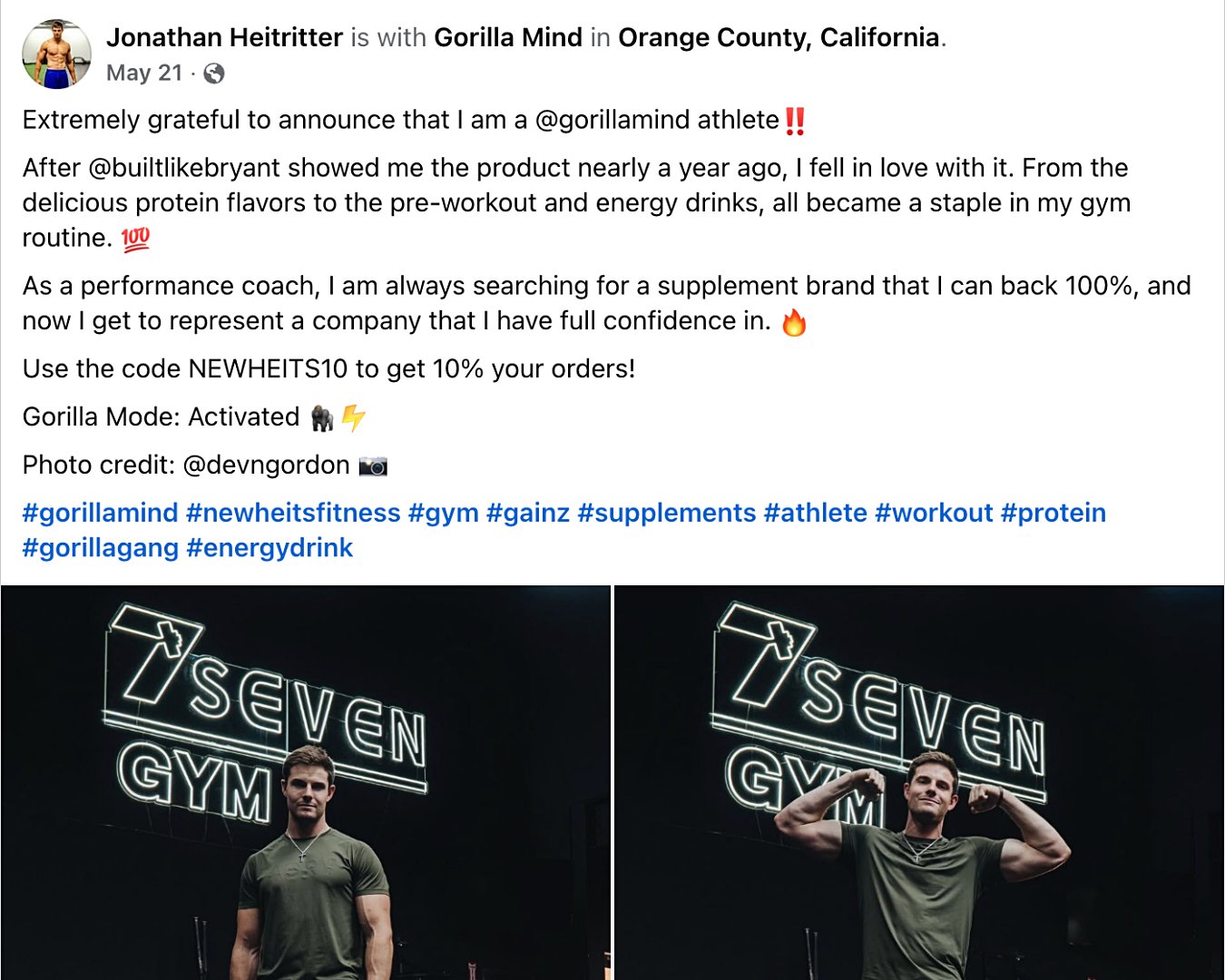
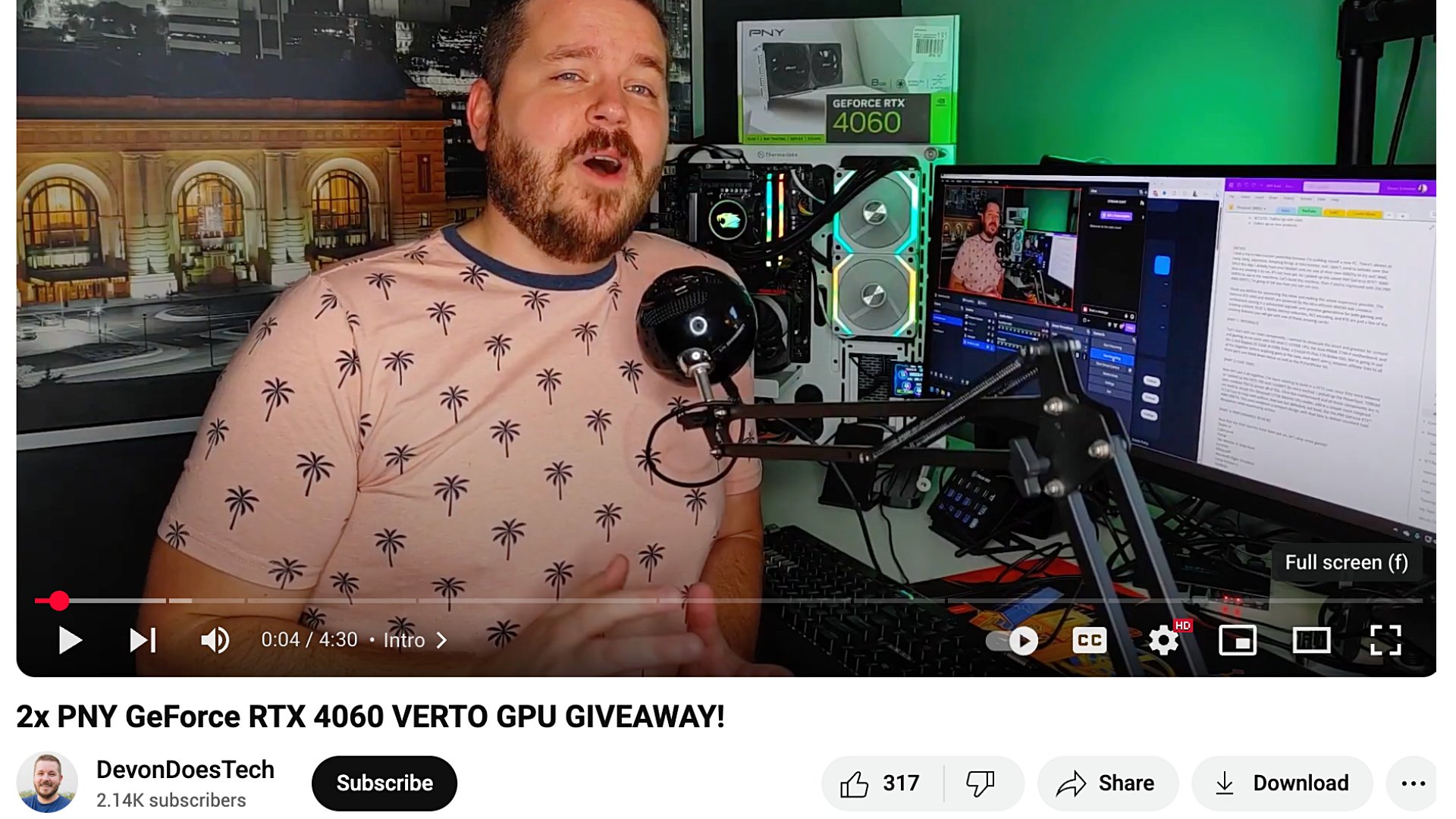
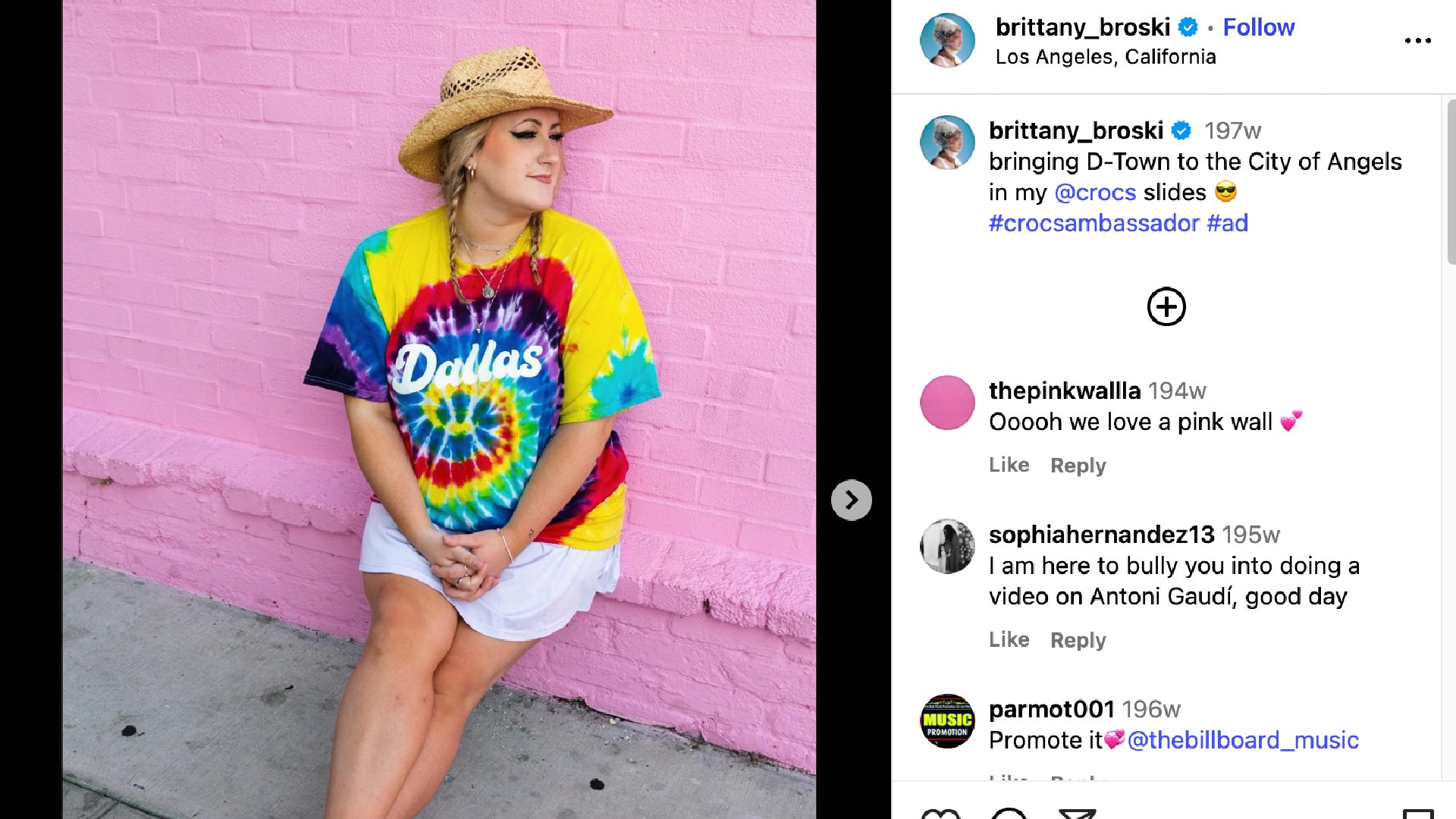
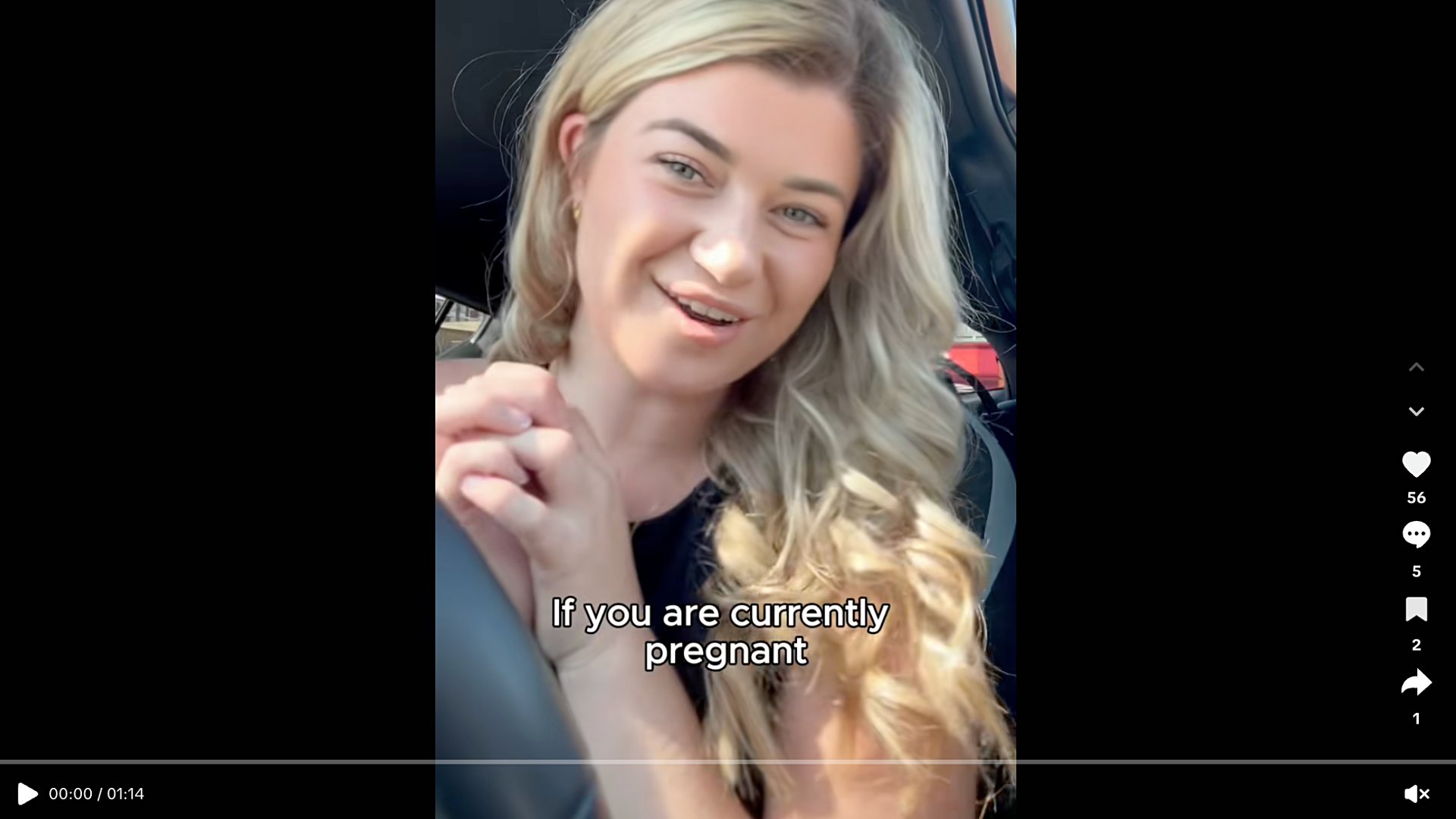
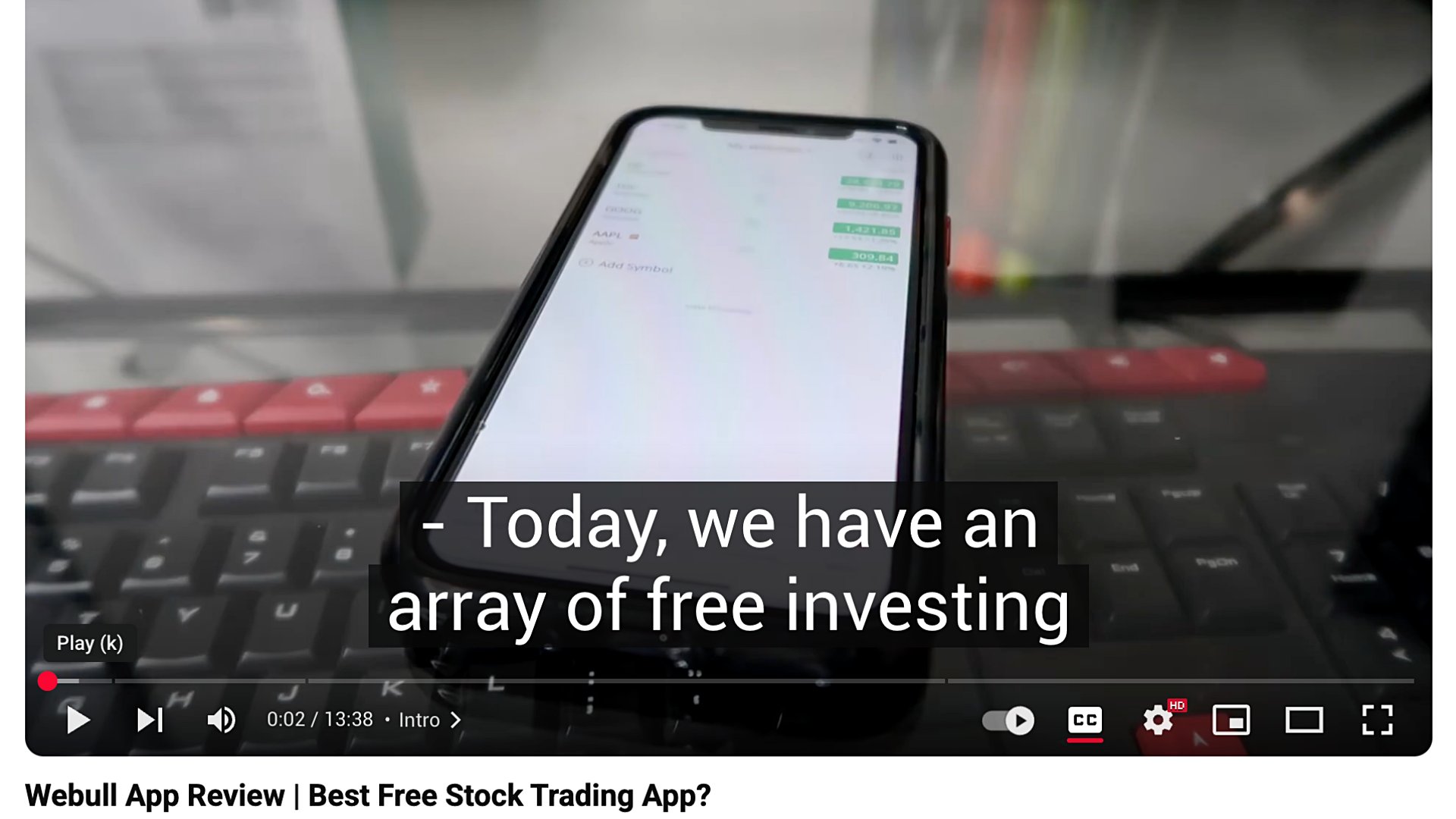

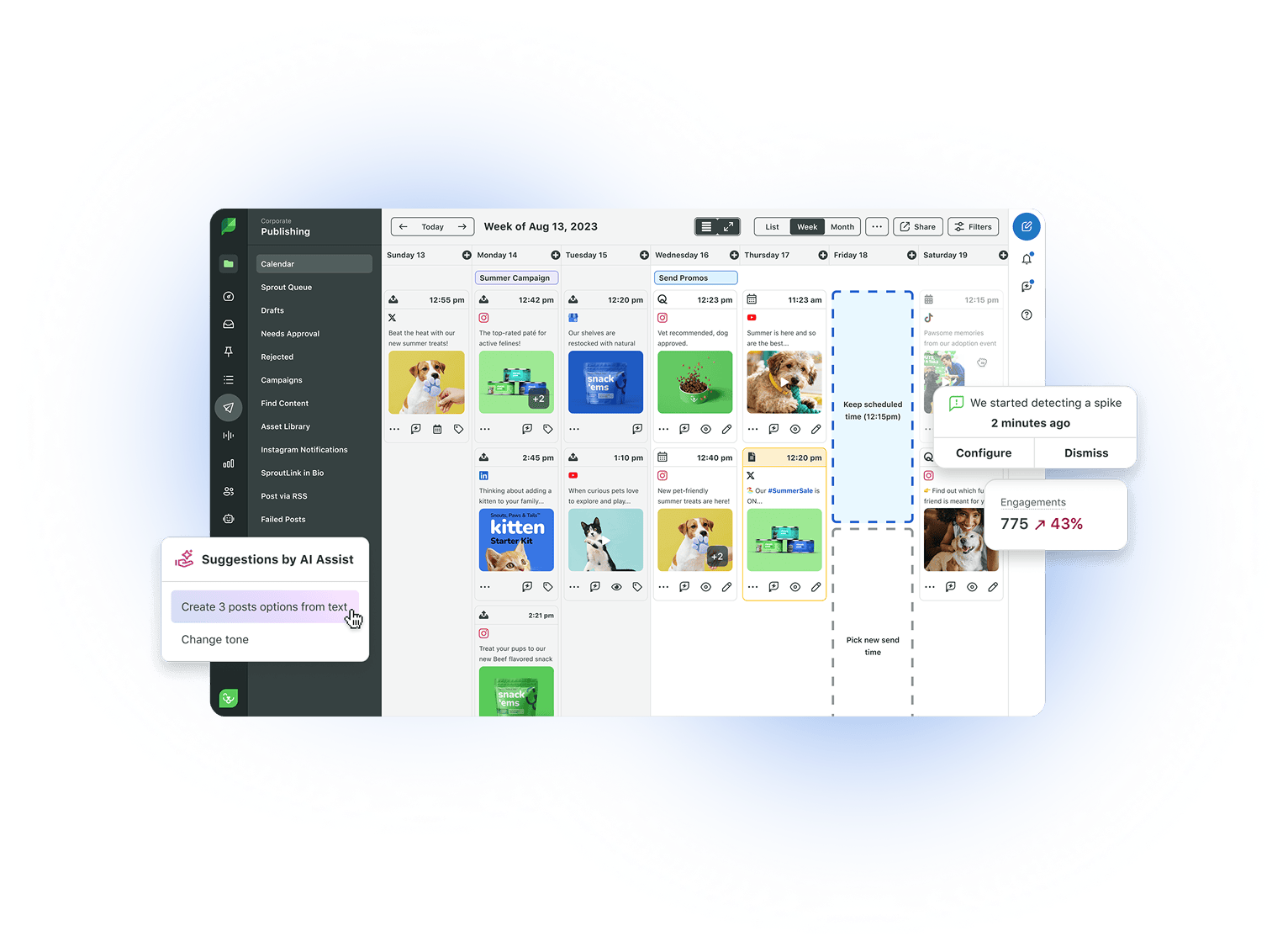
Share